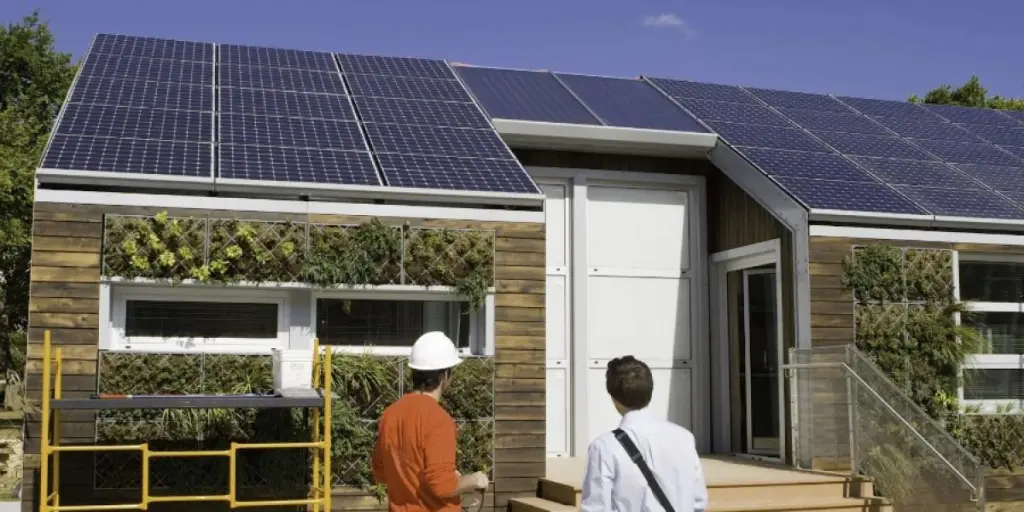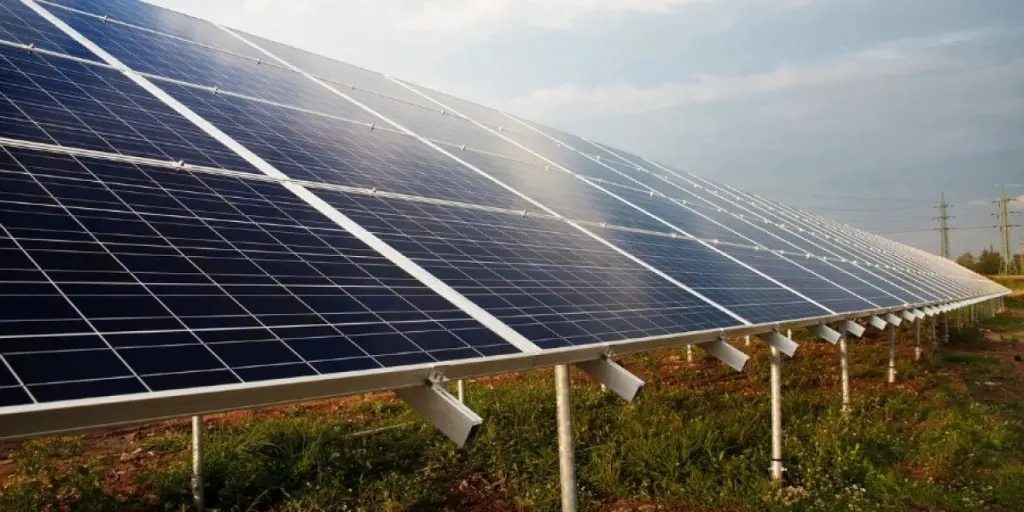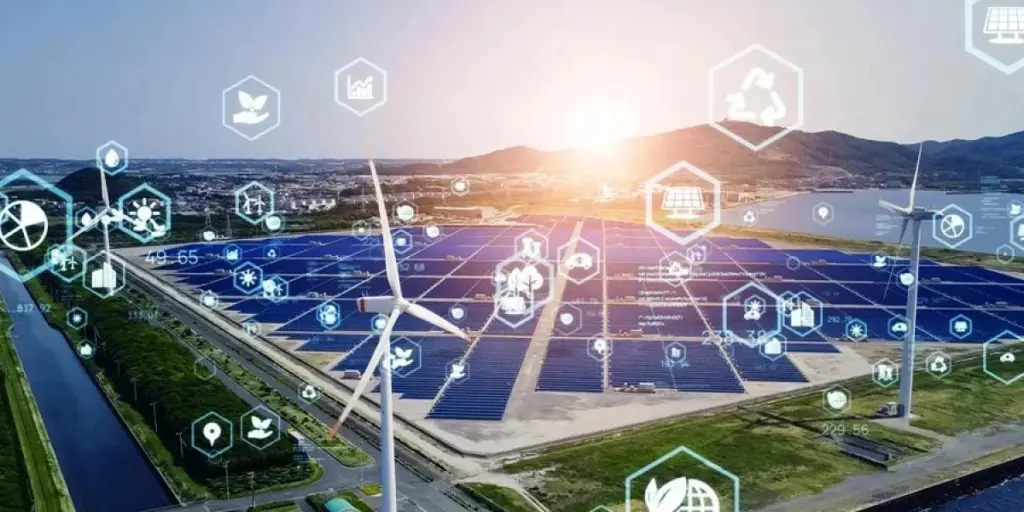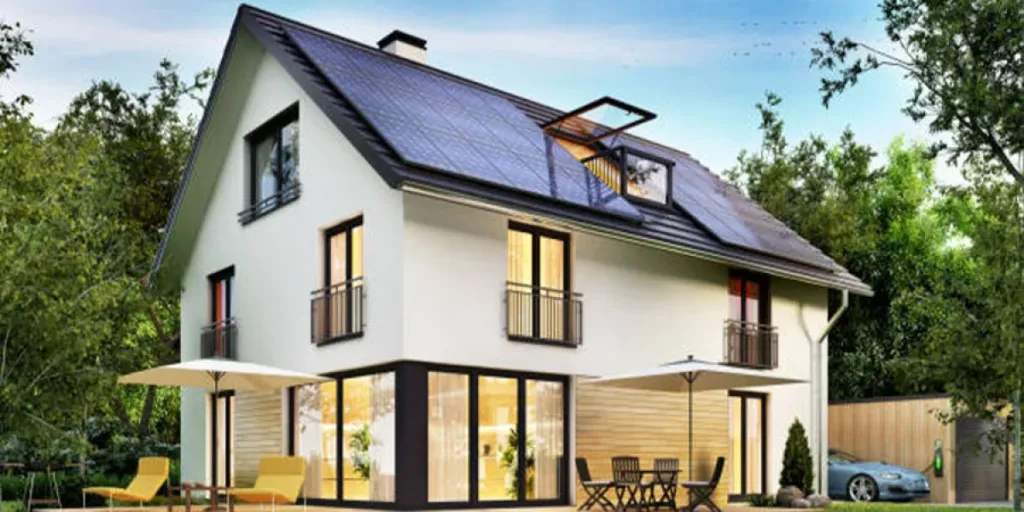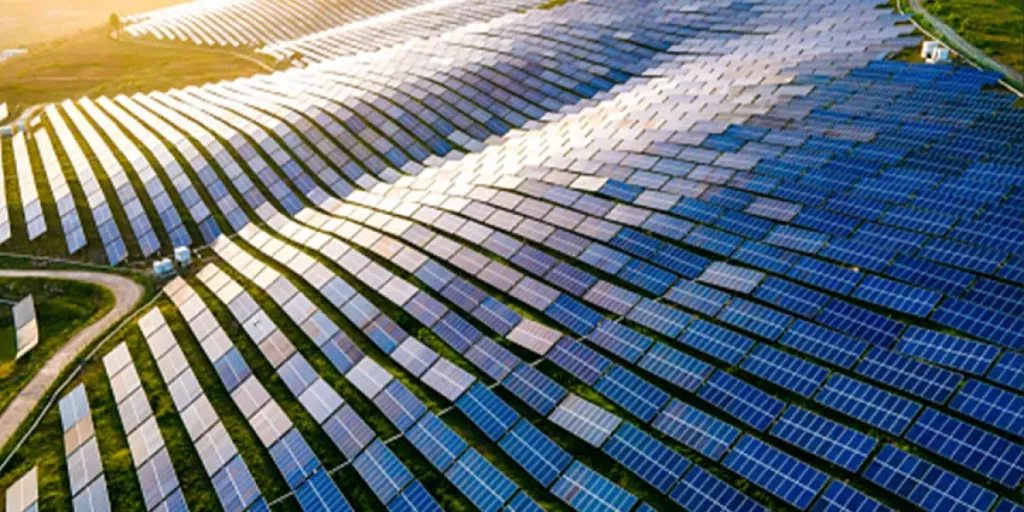Most solar power systems depend on the main electrical grid to work. However, others that work off the grid and independently; they are called off-grid solar PV systems.
Most homeowners undoubtedly enjoy the benefits of self-generated electricity not connected to the grid, even during a power outage.
This blog will discuss what off-grid solar power system and how businesses can select the ideal off-grid solar system components to meet specific customer requirements.
Table of Contents
What are off-grid solar systems, and why are they demanding?
What components make up an off-grid solar system?
What factors to consider when selecting an off-grid solar system?
In conclusion
What are off-grid solar systems, and why are they demanding?
Before defining an off-grid solar system, here’s a clearer understanding of the traditional on-grid solar system. An on-grid solar system depends on an electrical grid—shared electricity or utility power source that a centralized power station provides to consumers. Hence, the name “on-grid.”
On the other hand, an off-grid solar system works independently without requiring an electric grid to power it. That’s why it is sometimes called a stand-alone power system (SAPS), and the name suggests that it is off the grid.
Backing up its demand with some facts, the global off-grid solar PV market size was previously valued at USD 2.3 billion in 2021. Moreover, its projected growth is estimated to be around a CAGR of 8.47% in the forecast period between 2022 and 2030. Hence, it is growing at a healthy exponential rate to drive the solar energy market upwards.
But why are off-grid solar systems more demanding even though they work independently? The basic reasoning behind the rise of its market growth are the following reasons:
Provides stable connection
Unlike on-grid solar systems, off-grid doesn’t require a grid. Hence, it can provide stable power output during times of power outage. It matches the system’s capacity according to the power demand. So, for areas with unstable grid voltage, the demand is higher.
Convenient to have in rural areas
Based on the previous point, off-grid solar systems are widely used in rural areas and other areas with severe power shortages. In a nutshell, homeowners prefer having them because they bring privacy wherever they live and eliminate any worries about living in an area with no power.
Easy to install and cost-effective
Lastly, it is super easy to install the off-grid since it has no dependence on electrical grids. Off-grid systems can be installed in places with a large surface area, such as roofs, carport roofs, and factory roofs. Eventually, it can generate additional economic benefits while satisfying the self-consumption of electricity.
What components make up an off-grid solar system?
Users must know what makes up an off-grid solar power system to get a better understanding. So, here are the four components that need to be purchased to make up an off-grid solar system.
Solar panels
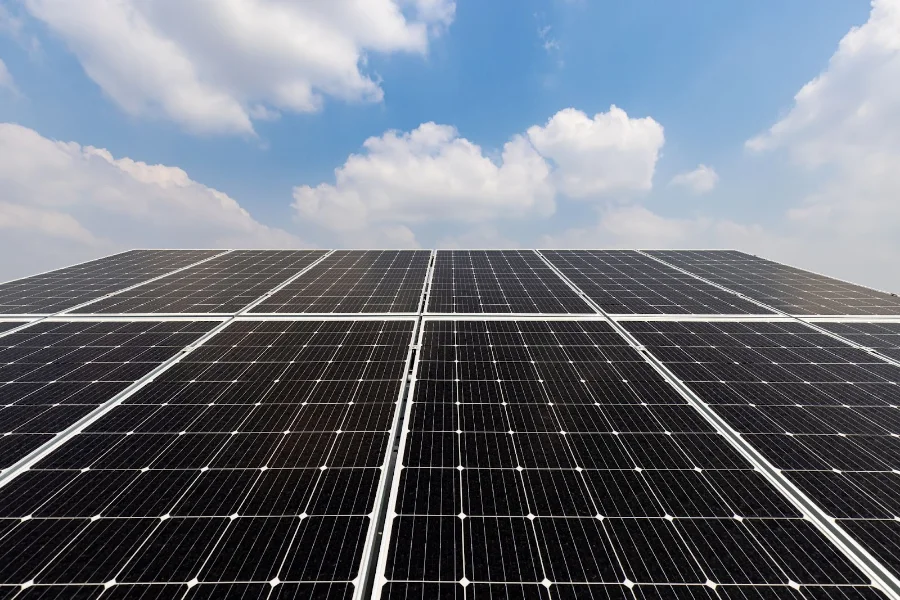
As the name suggests, solar panels are necessary when assembling an off-grid solar system. Solar panels are made up of solar cells that absorb sunlight and convert it into electricity. Depending on the power requirements, consumers can determine the required number of solar panels for their home or office.
The positioning of the solar panels is important to receive the ideal intensity of sunlight and maximize energy efficiency. It’s easier to position and install solar panels on spacious roofs. However, with limited space, consumers can settle for folding solar panels because they can move and position them in ideal locations for optimal sunlight absorption.
Power inverter
Solar panels generate direct current. Hence the current ends up flowing in one direction. In other words, solar power inverters help to convert direct current into alternating current—allowing consumers to operate several appliances and electronics in their homes.
Explore different ranges of wattage levels to find the ideal solar inverter to meet specific electricity consumption requirements that vary from one residential home to another.
Solar storage battery
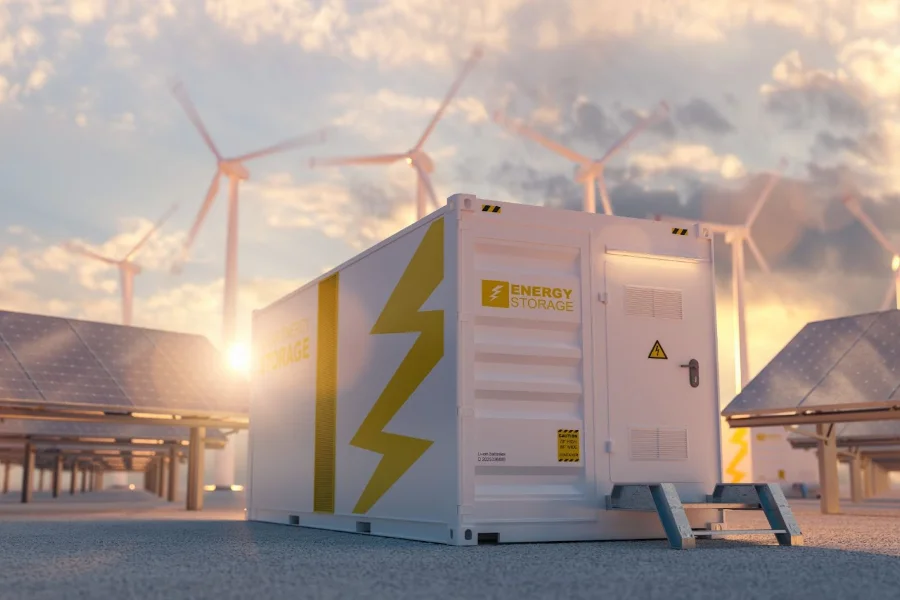
The solar storage battery acts as a bank, allowing storage of excess electricity generated by the solar panels. As a result, it comes in handy whenever emergencies such as grid breakdowns happen.
Most solar batteries are lithium and can cater to consumers’ power consumption requirements. However, stacking many batteries can help to improve the storage capacity of the off-grid solar system.
Solar charge controller

A solar charge controller is the last component that makes up the entire off-grid solar power system. It’s a device that helps to maintain the flow of current from the solar panels to the storage batteries. It also helps to prevent overcharging and regulates the current flow at night.
There are two major types of charge controllers. One is the old-fashioned PWM charge controller, which acts more like a switch. The second is the MPPT charge controller, a more modern-based device that comprises integrated computer technology. Hence, it’s programmable, advanced, and more efficient.
What factors to consider when selecting an off-grid solar system?
Here are factors to consider before buying the ideal system for the right target audience.
Estimating solar requirements for the home
Solar requirements can vary from household to household. So, a consumer first needs to understand the terrain of a location and the monthly energy consumption. Next, estimate the amount of sunlight by knowing the average hours the sun shines in that location. That way, one can find out specific solar requirements for that home.
Deciding on the number of solar panels
Based on the solar requirements, consumers can decide on the number of solar panels they need. Knowing the right amount of solar panels can depend on a few factors, such as roof space, positioning, sunlight in that area, etc. Calculate the number of solar panels each target customer may require based on these factors.
Understanding the impact of each battery type
As mentioned earlier, stacking up many batteries can help increase the solar capacity of the off-grid system. However, it’s also best to choose the ideal solar battery type by analyzing the volts of each. The higher the voltage, the better the performance.
Checking for warranties
Indeed, warranties are helpful when assembling these components. That way, the consumer can be sure they are functional and meet the minimum standards accepted for an off-grid solar power system. Consider installation warranties of up to 10 years.
Choosing the appropriate off-grid solar panel kit
Lastly, if assembling all the components take more time than expected, there’s a way to purchase the entire off-grid solar system kit. After all, many ready-made kits cater to different solar requirements and come with various types of inverters, charge controllers, storage batteries, and solar panels.
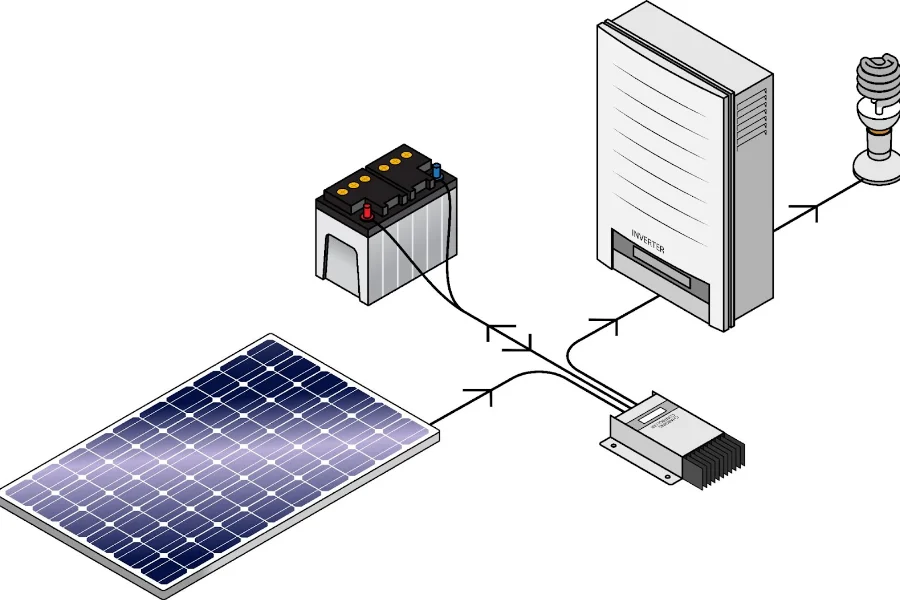
In conclusion
Off-grid solar power systems offer homeowners freedom from the traditional utility power grid, giving them independence from the traditional power system. It’s an eco-friendly and energy-saving method that is gradually becoming popular globally.
Off-grid systems are ideal for countries and regions with weak power infrastructure, such as Africa, Asia, and Latin America. Nevertheless, some homeowners in developed regions in Europe and the United States who consider the investment benefits and self-consumption power requirements settle for hybrid systems.
